Space news stories
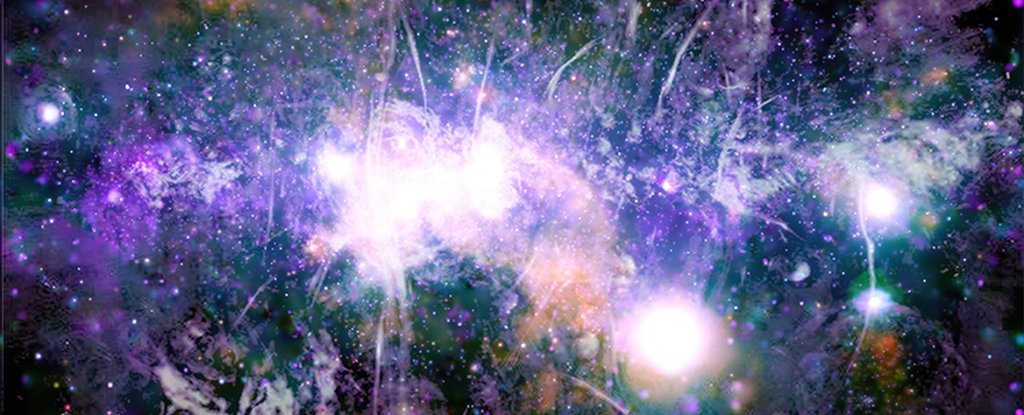
The center of the Milky Way is a strange and wild place. There dwells our galactic nucleus – a supermassive black hole 4 million times the mass of the Sun, a beast named Sgr A*. It’s probably the most extreme environment in our galaxy, dominated by Sgr A*’s gravitational and magnetic fields.

We can’t see it, barely understand it, but know that it exists because of the powerful influence it exerts on space.

Assembly Theory method ‘vital to support the first discovery of life beyond Earth,’ researcher says.
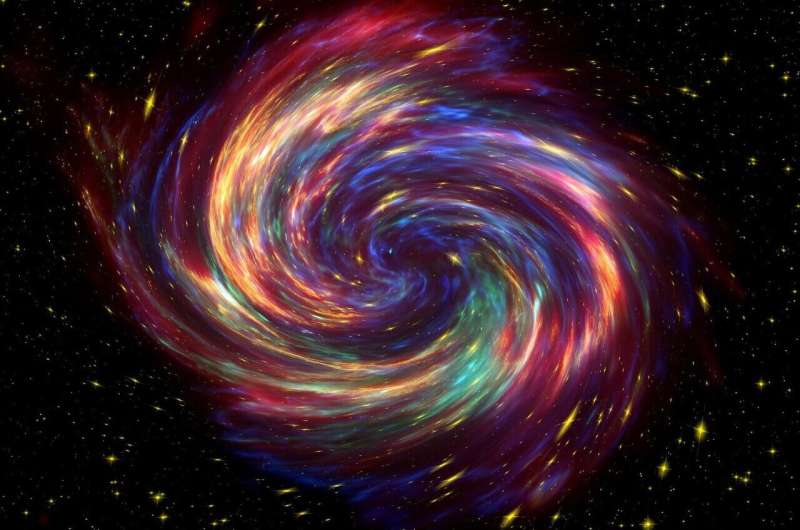
Researchers from the University of Copenhagen have investigated what happened to a specific kind of plasma—the first matter ever to be present—during the first microsecond of the Big Bang. Their findings provide a piece of the puzzle to the evolution of the universe, as we know it today.
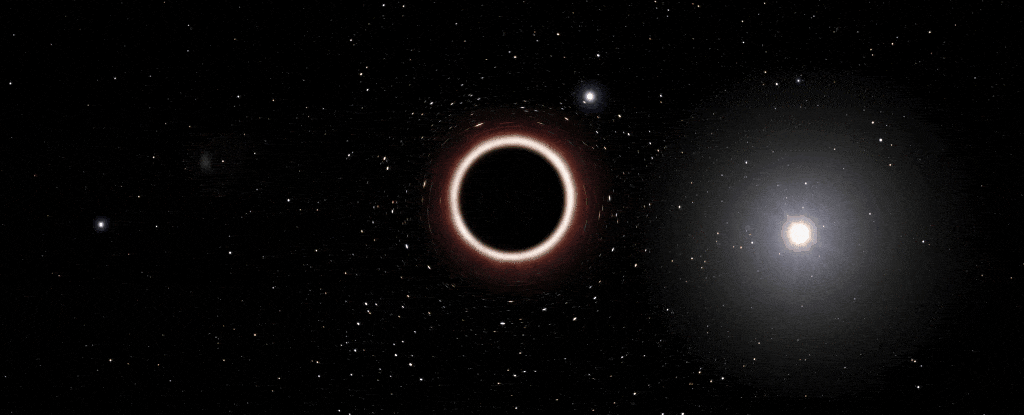
We sort-of take it for granted that there’s a supermassive black hole at the center of the Milky Way galaxy, but we can’t really go there and check. What if something else is actually lurking in this messy, dusty region?
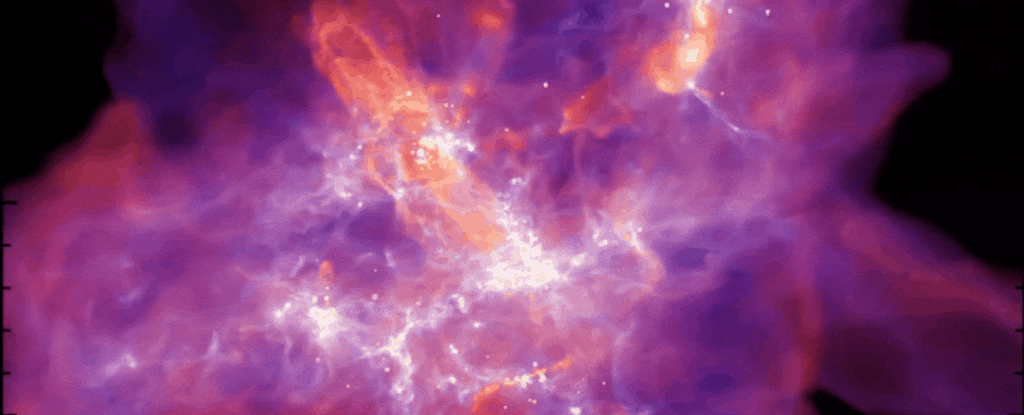
The birth of a star is a wild and magnificent thing….It’s not a process we’re likely ever going to be able to observe from start to finish – but an absolutely spectacular simulation brings us closer than we’ve ever been.
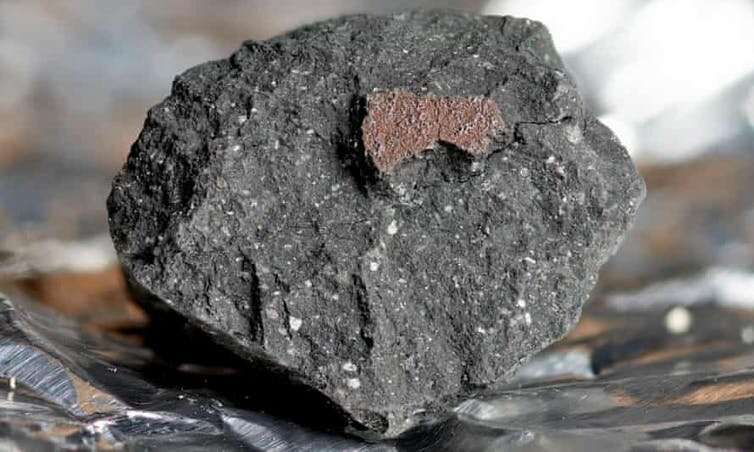
If asked where meteorites come from, you might reply “from comets.” But according to our new research, which tracked hundreds of fireballs on their journey through the Australian skies, you would be wrong.
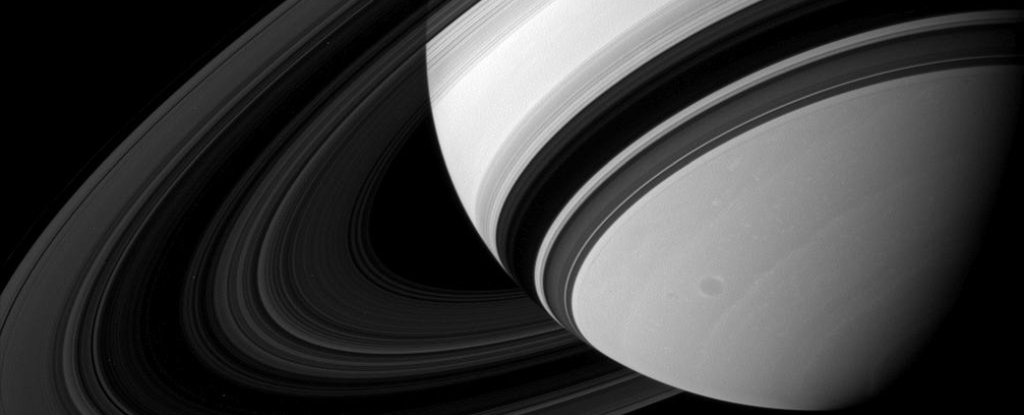
The interiors of Jupiter and Saturn are actually quite difficult to probe. But Saturn’s uniquely glorious and extensive ring system is proving to be an excellent tool for figuring out the densities deep below its thick cloud layers, right down to the core.
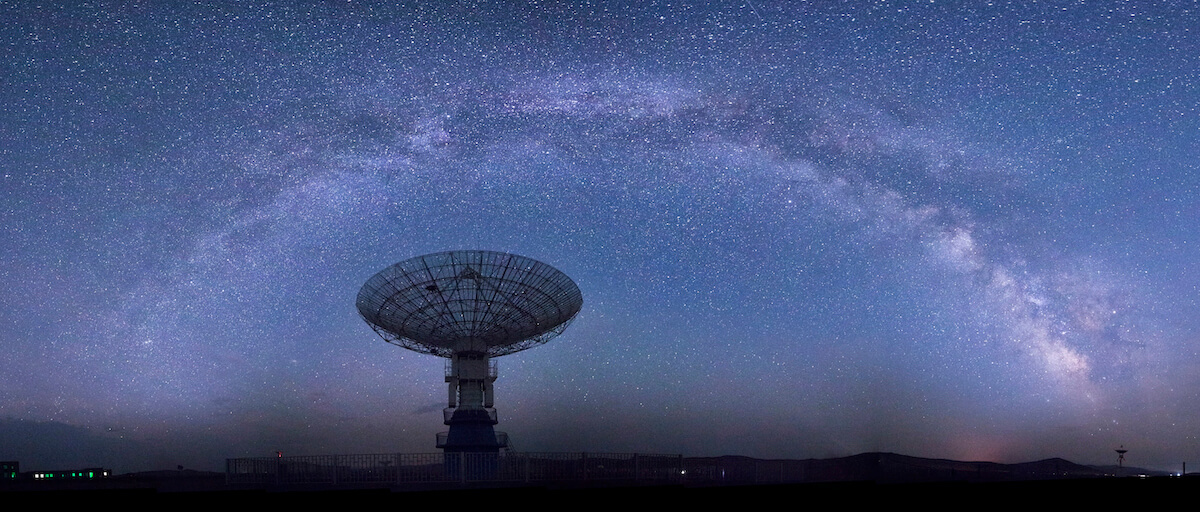
New technologies and techniques are searching for signs of alien life as never before. What and where will that potential life be?

For decades, cosmologists have wondered if the large-scale structure of the universe is a fractal — that is, if it looks the same no matter how large the scale.
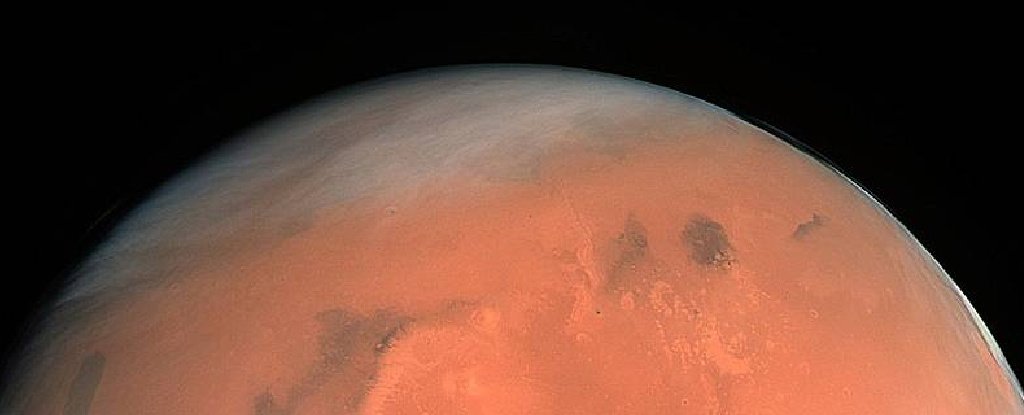
Evidence seems to be mounting for a geologically and volcanically active Mars. A new, close study of volcanic features on the surface of the red planet has found that a lava deposit on the Elysium Planitia appears to be very recent indeed – as in, within the last 50,000 years.
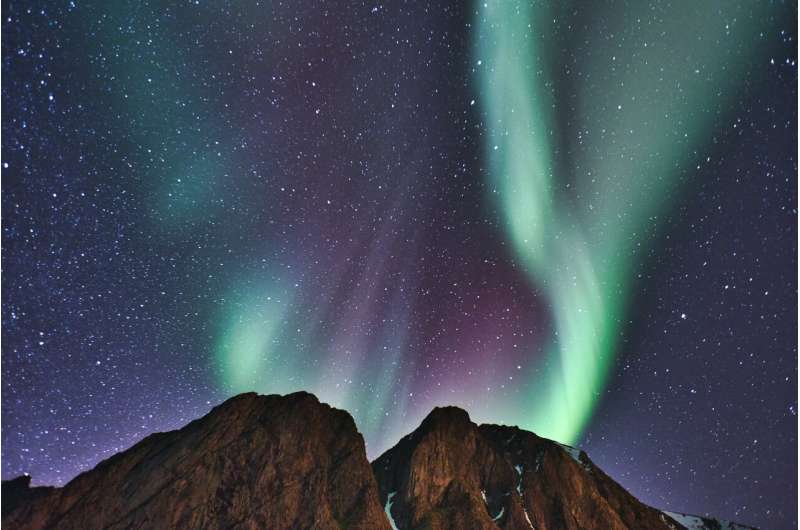
For millennia, humans in the high latitudes have been enthralled by auroras—the northern and southern lights. Yet even after all that time, it appears the ethereal, dancing ribbons of light above Earth still hold some secrets.

Celestial event due to take place shortly before sunset on Tuesday and will be visible until next morning
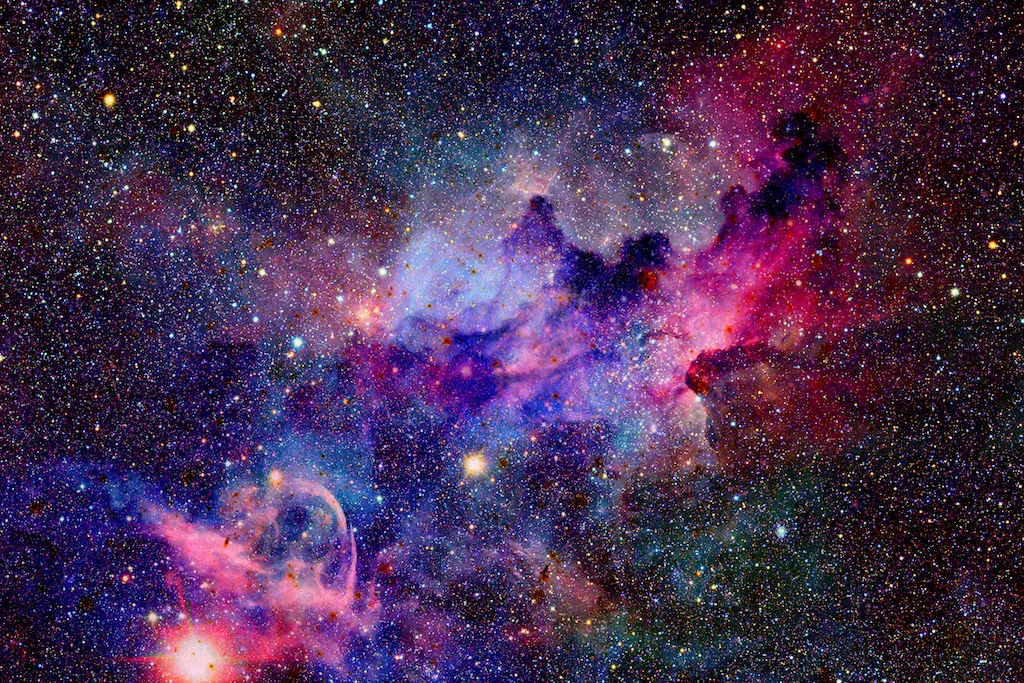
As humans, we know we are conscious because we experience and feel things. Yet scientists and great thinkers are unable to explain what consciousness is and they are equally baffled about where it comes from.
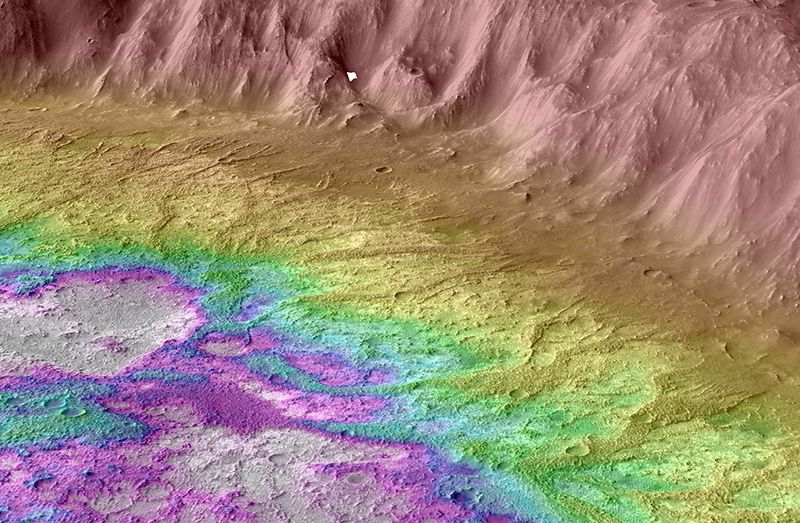
Mars’ ancient history interests scientists because if the arid planet was once warm and wet, it may have been habitable to life. One new study about an unnamed Martian crater suggests a new possibility about Mars’ past.
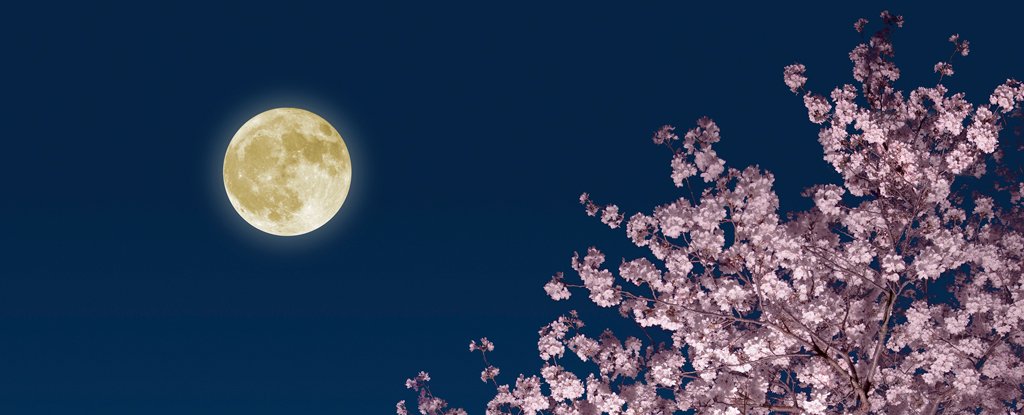
The Pink Moon – the second largest full moon of 2021 – will light up the night sky shortly before midnight on Monday (April 26), according to NASA.








